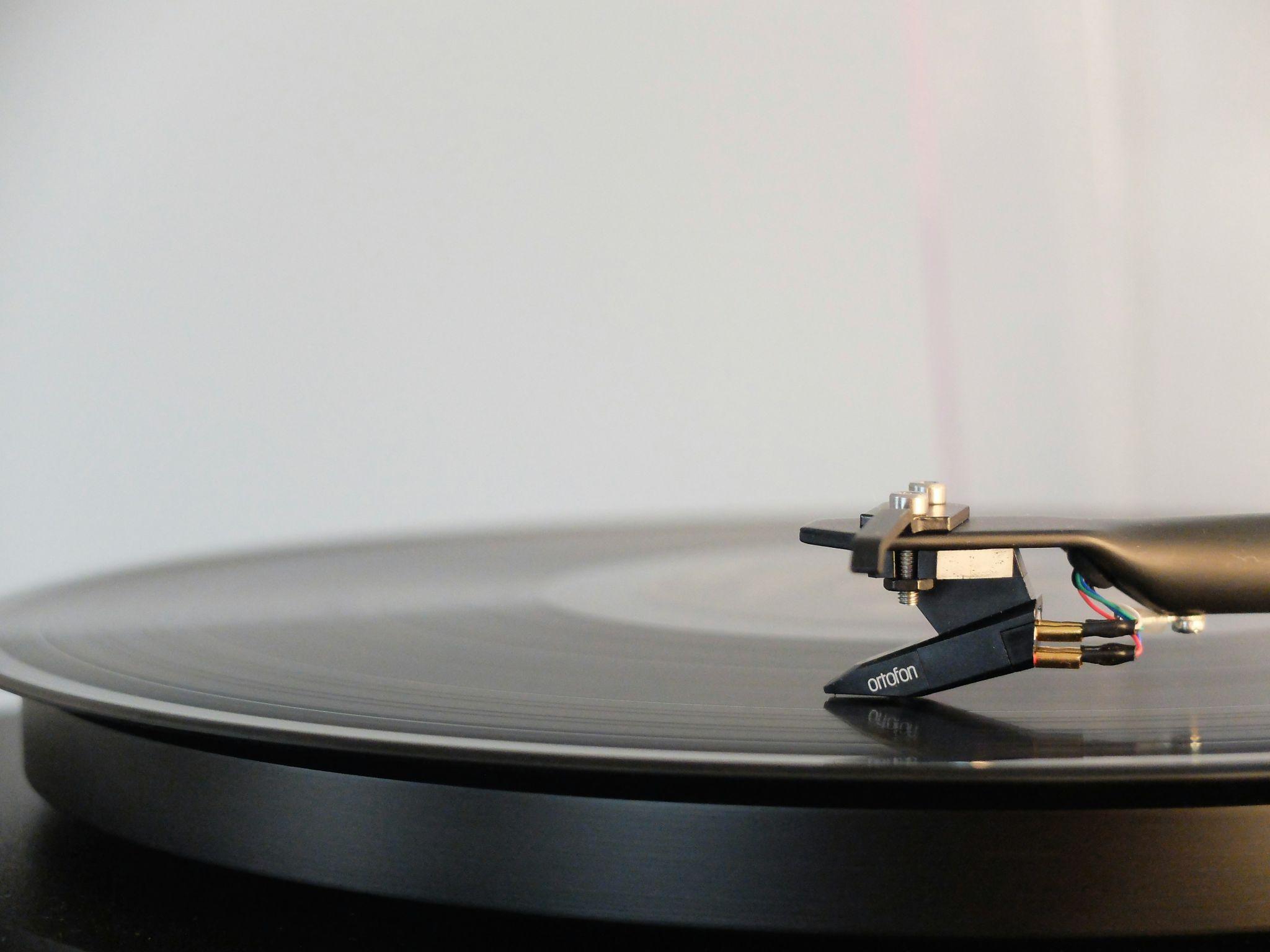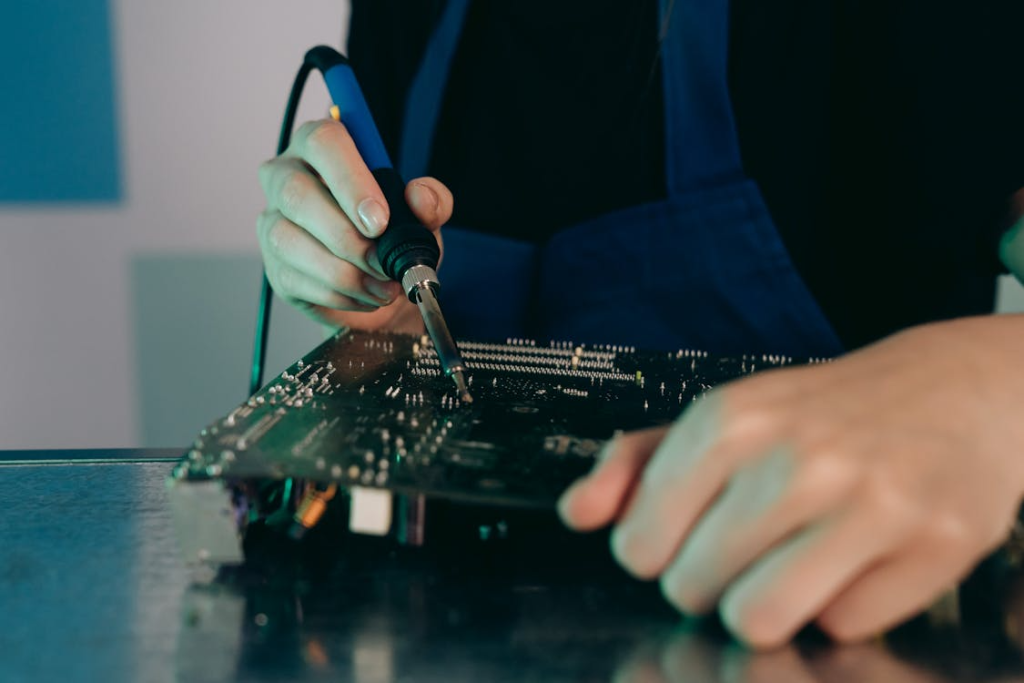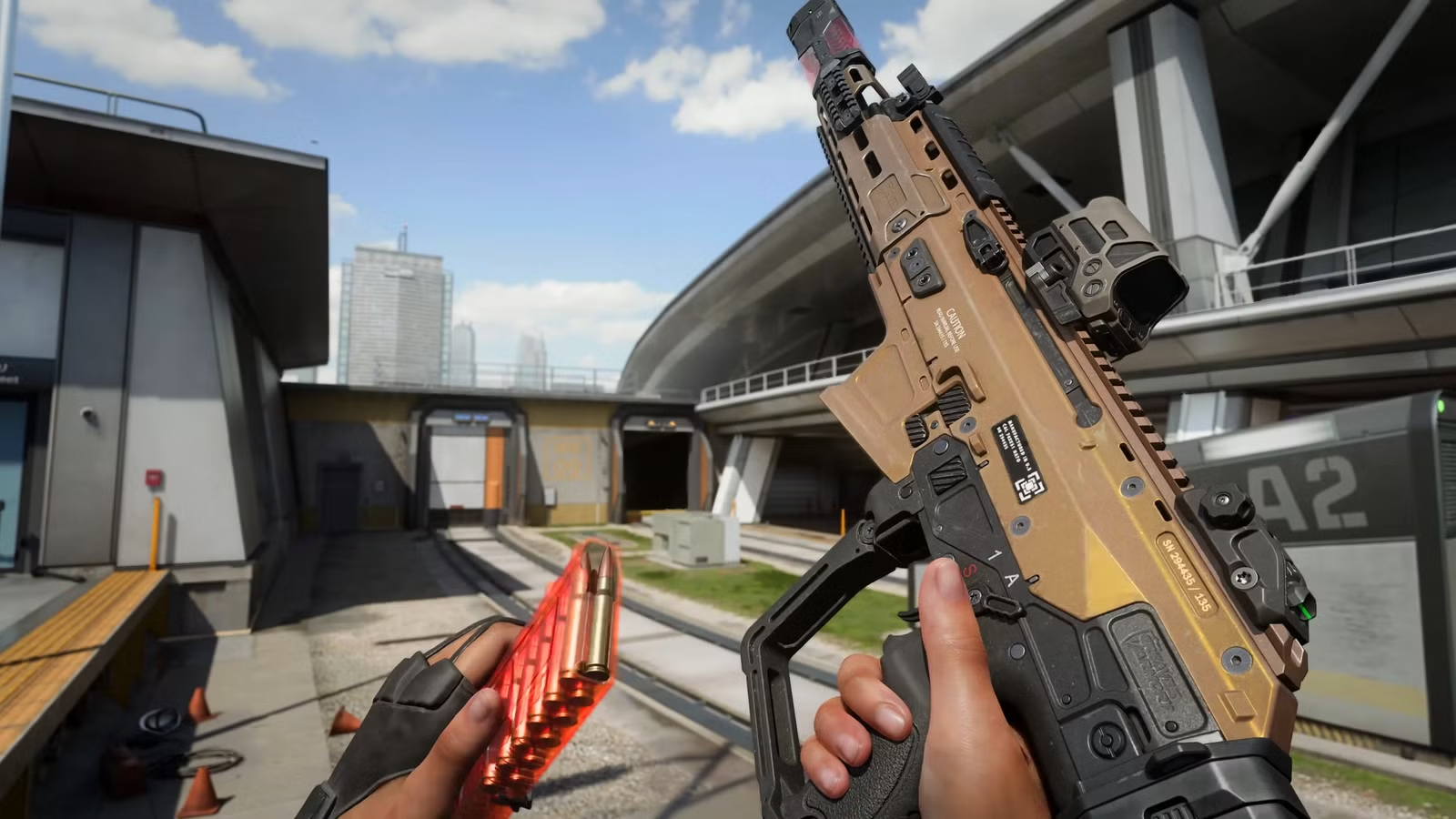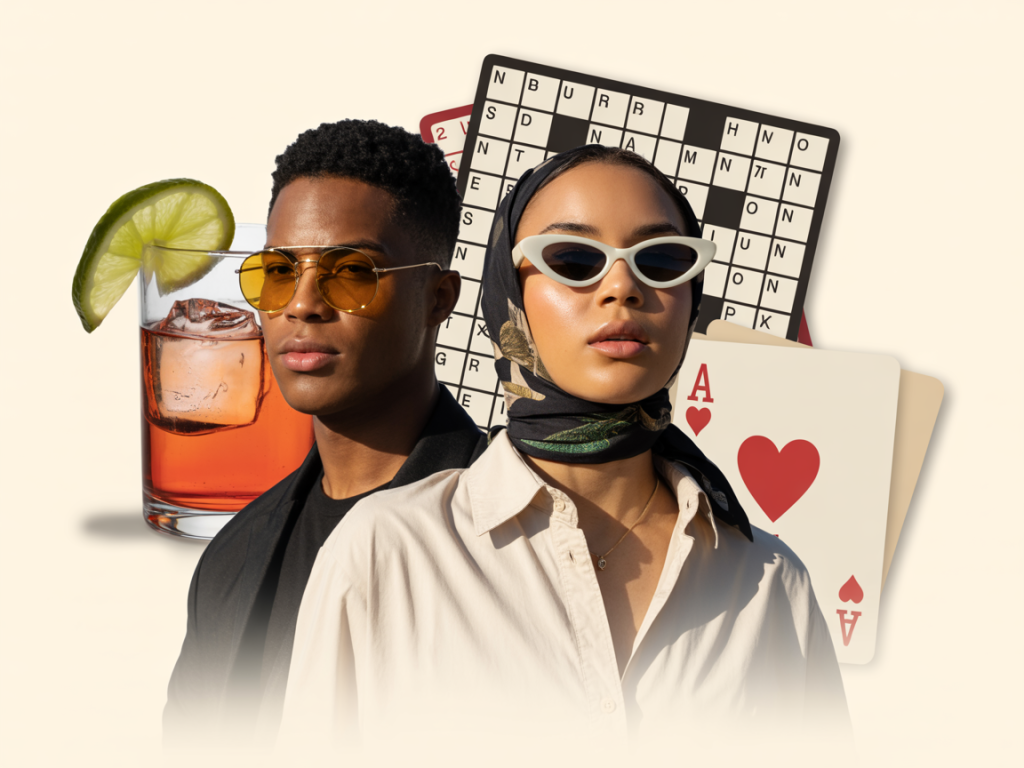Let’s not sugarcoat it – things have changed.
There was a time when if you wanted strings on a track, you had to call a quartet. Horns? Hire a session player. Even a simple piano line meant booking time with a real instrument, in a real room, with real mics.
Today? You hit a few keys, load a plugin, and boom – you’re surrounded by orchestras, choirs, vintage synths, or a double-necked guitar you’ve never actually touched. And it’s not just some bedroom producer hack; chart-topping artists and full-blown film composers are doing the same thing.
So what’s going on? Is this the end of real instruments – or just a new way to use them?
VSTs: The New Session Players
Before we go any further, let’s get one thing straight: VST plugins aren’t replacing musicians. They’re replacing situations.
Can’t fly a cellist from Prague? Use a string library. Need a church organ but live in a one-bedroom flat? Pull up a virtual one.
Want a Fender Rhodes that doesn’t weigh 200 pounds? There’s a plugin for that – several, actually.
Virtual instruments let producers and artists build fully fleshed-out tracks without needing a warehouse of gear or an entire phonebook of contacts. That’s huge.
And it’s not just about convenience – it’s about possibility. Some plugins model rare, borderline-extinct instruments most of us will never see in real life. Others blend synthesis, sampling, and AI to create sounds that don’t even exist physically.

Do These Plugins Sound Like the Real Thing?
Short answer? Yeah. Sometimes it’s too good.
Many VSTs today sound so convincing they fool even trained ears. Layer a few articulations, add some subtle humanization, and you’ve got a cello performance that could easily sit in a Netflix soundtrack.
The kicker? Some producers are choosing VSTs even when they do have access to the real thing. Why?
- No tuning issues
- No room noise
- No scheduling headaches
- Instant recall
- Full control over every parameter
In other words – it’s not a compromise. It’s a creative choice.
Where This Leaves Traditional Instruments
Here’s where it gets a little uncomfortable: some instruments are fading from studios – not because they’re bad, but because they’re just… less practical now.
When’s the last time you saw someone record a vibraphone from scratch? Or mic a harp in an untreated room?
It doesn’t mean musicians are out of the picture. On the contrary – many are the ones creating the samples that power these plugins. Others are adapting, blending live performances with MIDI data, using plugins to sketch ideas before going analog.
It’s not a binary choice. It’s a spectrum. And that’s actually kind of beautiful.
Creativity First, Tools Second
Let’s be real: no one cares if your guitar part came from a Les Paul or a VST if it sounds amazing. Listeners don’t ask if your drums are real – they ask if they slap.
What matters is what you do with the sound. The emotion. The vibe. The thing that makes someone stop scrolling and pay attention.
And if plugins give you the flexibility to chase that without barriers? You’d be nuts not to use them.
Want to see what’s really possible with modern tools? Take a minute and explore the best VST plugins online. There’s a whole universe of sound waiting for you – and none of it requires a truckload of gear.
A Future Where Both Worlds Thrive

In the end, this isn’t about VSTs vs. real instruments. It’s about access. About creativity without compromise. And about giving more people the chance to make great music – whether they live in a city apartment or a cabin in the woods.
Real instruments aren’t going away. But the gatekeeping around them? That’s already on its way out.
And maybe that’s the most musical thing tech has ever done.











